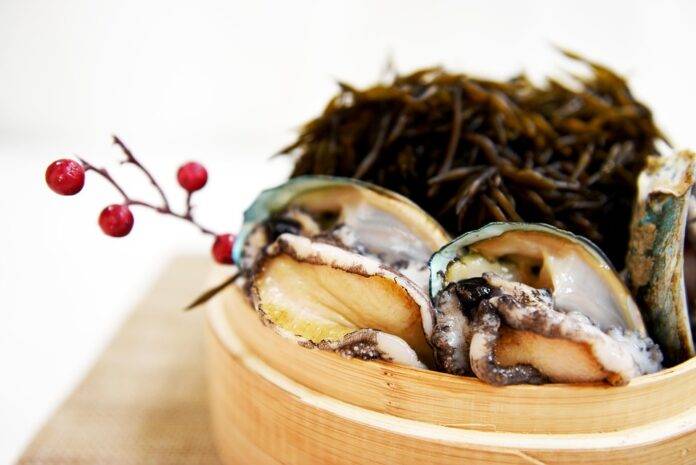Introduction
Abalone is a highly sought-after seafood delicacy that is popular in many countries around the world. However, the global abalone market is heavily influenced by tariffs and trade agreements that shape prices and availability. In this report, we will explore how global policies impact the abalone market and ultimately affect consumers and businesses.
Current State of the Abalone Market
Abalone is a valuable commodity that is harvested from the ocean and sold in markets worldwide. The demand for abalone has been steadily increasing due to its unique taste and nutritional benefits. However, the supply of wild abalone has been declining in recent years due to overfishing and environmental factors. As a result, many countries have turned to aquaculture to meet the growing demand for abalone.
Global Abalone Production
According to the Food and Agriculture Organization (FAO), global abalone production reached 180,000 metric tons in 2020. China is the largest producer of abalone, accounting for over 60% of the total global production. Other major abalone-producing countries include South Korea, Japan, and Australia.
Abalone Prices
Abalone prices can vary significantly depending on factors such as the species, size, and quality of the abalone. In general, wild-caught abalone tends to be more expensive than farmed abalone due to its limited availability. The price of abalone is also influenced by tariffs and trade agreements that affect import and export costs.
Impact of Tariffs on Abalone Prices
Tariffs are taxes imposed on imported goods by governments to protect domestic industries or generate revenue. Tariffs can have a significant impact on the price of abalone by increasing the cost of importing or exporting the seafood. For example, if a country imposes a high tariff on imported abalone, the price of abalone in that country is likely to increase as importers pass on the additional costs to consumers.
Case Study: US-China Trade War
During the US-China trade war, the United States imposed tariffs on a wide range of Chinese goods, including seafood products like abalone. As a result, the price of Chinese abalone in the US market increased significantly, making it less competitive compared to other sources of abalone. This led to a decline in Chinese abalone exports to the US and a shift in consumer preferences towards other abalone-producing countries.
Role of Trade Agreements in Shaping Abalone Prices
Trade agreements are formal agreements between countries that reduce barriers to trade, such as tariffs and quotas. Trade agreements can have a positive impact on the price of abalone by facilitating the smooth flow of goods between countries and promoting fair competition. For example, a trade agreement that eliminates tariffs on abalone imports can lead to lower prices for consumers and increased market access for exporters.
Example: CPTPP
The Comprehensive and Progressive Agreement for Trans-Pacific Partnership (CPTPP) is a trade agreement between 11 countries in the Asia-Pacific region, including major abalone producers like Japan and Australia. The CPTPP aims to reduce tariffs and other trade barriers to promote economic growth and cooperation among member countries. By eliminating tariffs on abalone imports, the CPTPP has helped lower the price of abalone for consumers in member countries and increased market opportunities for abalone exporters.
Conclusion
Global policies, such as tariffs and trade agreements, play a crucial role in shaping the prices and availability of abalone in the international market. By understanding the impact of these policies on the abalone industry, consumers and businesses can make informed decisions about purchasing and trading this valuable seafood commodity.




